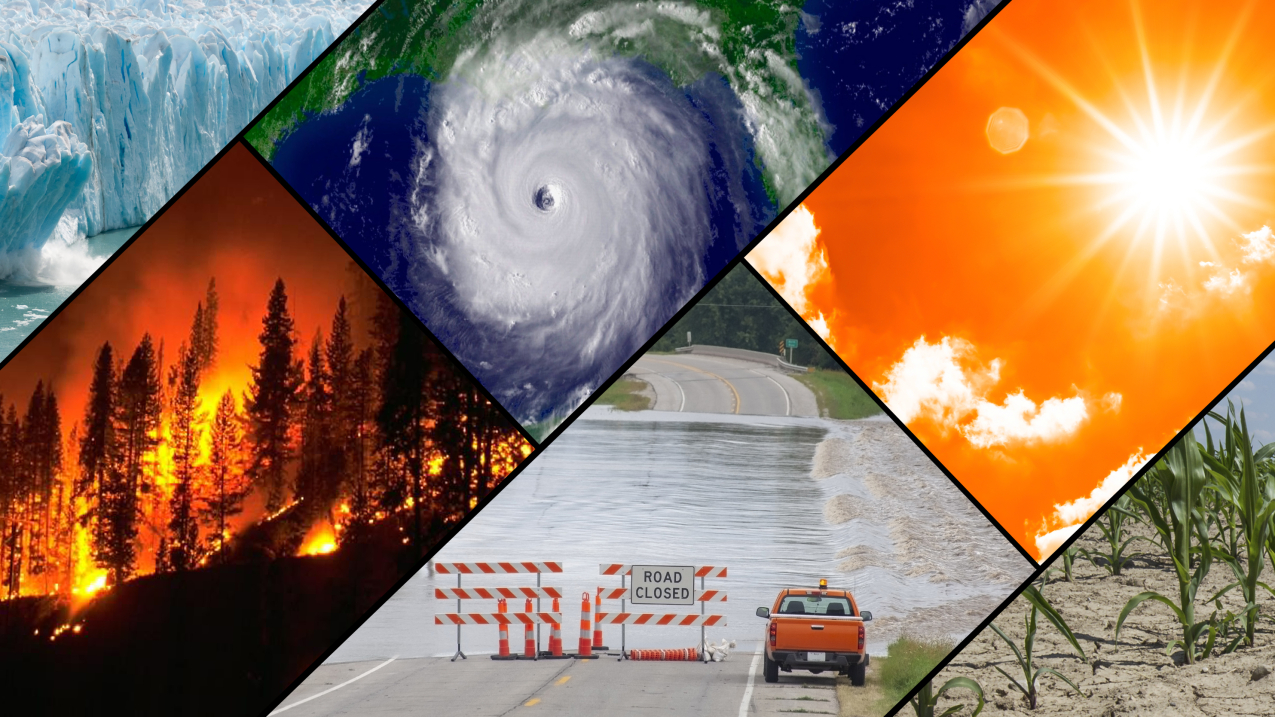Preparing for extreme weather events

When most people think of workplace safety, the first things that come to mind are slips, trips, falls, or perhaps equipment related hazards. But increasingly, another key factor is reshaping how organizations must think about health and safety: climate change.
Across Canada, workers are already dealing with the impact. These aren’t abstract risks anymore — they are real, immediate challenges that directly affect employee safety and business continuity. For health and safety professionals, this shift means that climate resilience can no longer sit outside of safety planning - it must become a part of it.
New reality: Climate as a safety hazard
Every region faces different threats. In Western Canada, wildfires have disrupted not only communities but also retail operations, logistics networks, and supply chains. In Ontario and Quebec, extreme heat is becoming more frequent, increasing the risk of heat stress for outdoor crews, warehouse employees, and drivers. In Atlantic Canada flooding, wildfires and severe storms are testing emergency preparedness plans.
These events are not just environmental issues. They are workplace hazards. Poor air quality from wildfire smoke can make employees sick. Rising heat can slow down productivity, increase errors, and lead to serious medical emergencies. Floods and storms can trap workers or cut them off from timely emergency response.
Acknowledging a changing climate as a safety hazard is the first step in protecting employees and building organizational resilience.
Building climate-resilient safety programs
Traditional risk assessments aren’t enough anymore. Employers need to update hazard mapping and emergency response plans with climate related factors in mind. That means asking new questions:
- How will our workers be protected during prolonged heat waves?
- What protocols do we have if air quality drops to dangerous levels?
- Can we maintain safe operations if flooding cuts off access to our facilities?
Leadership and communication in crisis
During weather-related emergencies, the type of communication can make the difference between chaos and calm. Employees want clear direction, honest updates, and reassurance that their safety is the top priority. Leaders who communicate openly, even when they don’t have all the answers, build trust and confidence.
Equally important is the psychological impact of such emergencies. Severe weather events trigger stress and uncertainty. Leaders who listen, show empathy, and maintain psychological safety create stronger, more adaptable teams.
In my own experience, I’ve seen how powerful real-time communication can be. During a recent wildfire event in Atlantic Canada, we conducted a remote site assessment with the site leader, who walked us through the observable risks via FaceTime. That on-the-ground perspective gave us the information we needed to make the decision to adjust operations and keep people safe. It was a reminder that leadership in crisis is as much about listening as it is about directing.
Conclusion
Climate change is no longer a distant concern; it is here, and it is reshaping the way we need to think about workplace safety. By preparing for heat waves, wildfires, floods, and storms, employers can safeguard both their employees and their operations. More importantly, they can show that resilience is not just about surviving the next crisis — it’s about creating a workplace where people feel safe, supported, and valued, no matter what challenges the changing climate brings.






